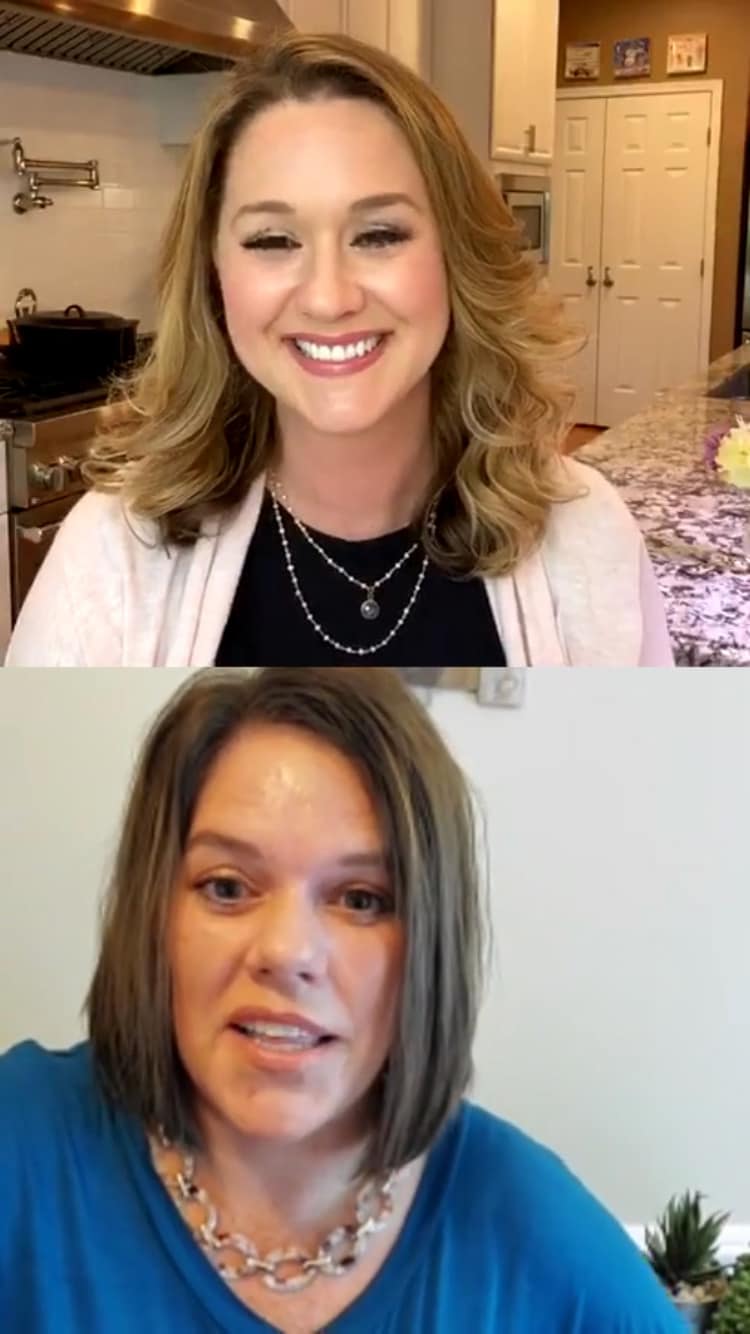New pet parents (and their pets) are having to start off the journey of building a successful new relationship in a time like none other—and it’s not easy. We know you have questions (we do too!) so we turned to the experts for advice.
To give you some professional insight on the subject, Chewy’s resident veterinarian, Dr. Katy Nelson, DVM, of Belle Haven Animal Medical Centre in Alexandria, Virginia, went live on Chewy’s Instagram with veterinary behaviorist Dr. Amy Pike, DVM, DACVB, IAABC-CABC, of Animal Behavior Wellness Center in Fairfax, Virginia, to discuss adoptions, pet behavior and how we can help pets thrive during these trying times.
All questions and answers have been edited for length and clarity.
Dr. Nelson: One of the things we’ve noticed was the immense amount of adoptions. So, let’s talk about socialization of puppies and kittens. I think this is something most people don’t know a lot about. What are those time frames, and what do we mean by socialization of these animals?
Dr. Pike: Socialization is kind of a window of opportunity; it’s the time period that your pet is most receptive to new experiences, new places, new sights and sounds. And if they weren’t exposed to something during that period of time, those things encountered later on can be super scary. Like the vacuum cleaner, for example. Socialization is so important that it should really be thought of as a vaccination for behavioral issues.
EDITOR’S NOTE: Socialization is the process of preparing a dog or cat to enjoy interactions and be comfortable with other animals, people, places and activities.
For cats, the socialization time period is actually really short. It’s between 3 to 9 weeks of age. And for dogs it’s not much longer. The period spans up to about 14 to 16 weeks of age.
"Socialization is so important that it should really be thought of as a vaccination for behavioral issues." -Dr. Pike
Dr. Nelson: Once someone adopts a puppy or kitten, should they do everything they can to socialize them during that period, so they get as much exposure as possible?
Dr. Pike: It’s important that the experiences your pet has during the socialization period are positive ones. Unfortunately, with the social distancing of humans, it has made socialization really hard because you’re not able to let your new pet meet a whole lot of people.

Dr. Nelson: Can you talk about how pets who are in their socialization period are being affected by social distancing? Are there ways to mitigate any negative consequences of this?
Dr. Pike: There are ways to go about it appropriately. For example, I work at a facility where parents can drop off their puppies for “puppy play time” where dog trainers can facilitate the puppies’ exposure to new sights and sounds.
The consequences of not socializing your puppy, though, are more detrimental than having negative experiences.
Dr. Nelson: How can you socialize puppies and kittens when they haven’t been fully vaccinated yet?
Dr. Pike: You have to take them places that are safe. So, I wouldn’t just go to the dog park where you don’t know other animals’ vaccination status. Make sure your dog is only interacting with other dogs whose vaccination status you know—and that’s definitely the safest way to go about it. Keep in mind that it is important that your new puppy or kitten is being socialized as soon as they get home.
Dr. Nelson: We have a ton of vet and vet tech students tuning in and asking questions. Any advice to our vet and vet tech students out there?
Dr. Pike: Learn to read an animal’s body language. It’s so important for you to understand when your patient is uncomfortable and be able to recognize the early warning signs that they aren’t comfortable. This will allow you to intervene and make it a better experience for them. It is also going to keep you safe. The more you learn body language, the safer you’re going to be.
Dr. Nelson: I recently got a new dog, and he cannot stand to be by himself. We can’t give him anxiety toys because he’ll chew those up. Any suggestions?
Dr. Pike: I would absolutely talk to your veterinarian. If you are unable to leave the house without them being panicked, that’s really what separation anxiety is—it’s a panic disorder, and they may need anti-panic medication. There are medications that are FDA-approved, like Reconcile and Clomicalm, that can treat separation anxiety. Also, behavior modification can be prescribed, which a qualified separation anxiety trainer can certainly walk you through or a veterinarian behaviorist, like myself. But, definitely talk to your vet.
Learn more about separation anxiety in dogs here.
Dr. Nelson: This next question is the one that we’ve been getting the most often. Since pet parents have been spending so much time at home with their pets during COVID-19, what’s going to happen to dogs and cats when our world starts to spin again and we leave the house?
Dr. Pike: It’s hard to say because it’s definitely unprecedented times. We don’t know a whole lot about predisposition to separation anxiety, so sadly this is sort of a good study going on. But I think it really boils down to the individual’s resiliency and whether they’re able to cope. I think some of our pets won’t mind the separation, while there are others who may panic because they aren’t used to being home alone—especially those who were predisposed to separation anxiety pre-COVID-19.
Another thing I worry about are the puppies and kittens because they don’t have the best opportunity to socialize during social distancing and aren’t used to their owners leaving—at all. And that’s going to be a huge change for those animals.
Dr. Nelson: For those pet parents who have recently adopted a pet, what can they start doing today to potentially help ease that separation anxiety later on?
Dr. Pike: There are a couple things you can do. No. 1 is teaching that animal independence when you are in the house. If you’re working from home, keep your pet in a different room than you during that time frame—and make it a positive experience with interactive toys like a KONG to chew on.
The other thing you can do is actually make sure you’re doing departures at home without your pet, whether that be just going to the grocery store or going for a walk alone, and monitoring them using a pet camera to make sure they’re not experiencing any anxiety. If they’re experiencing any anxiety now, you want to get a hold of that early on so they can get the proper treatment plan from their veterinarian.
Check out the whole conversation below:
View this post on Instagram
Share:









